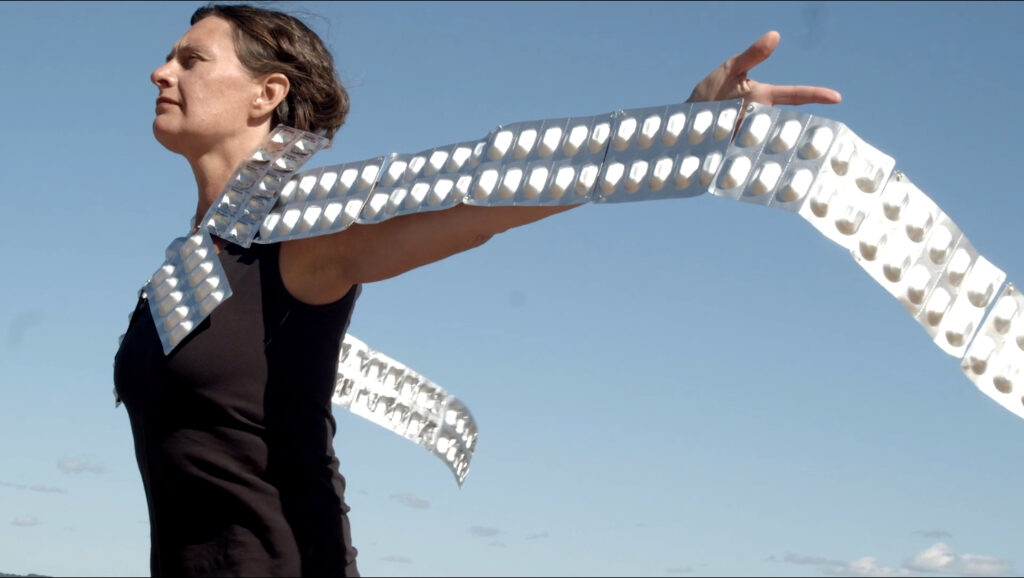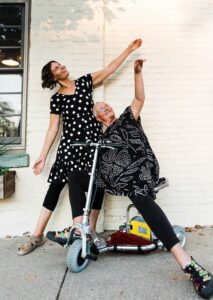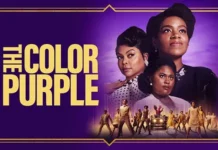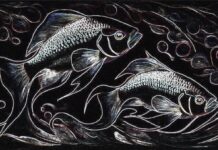Do I begin this essay with pen on paper, for the feel of cursive curves in my body, and the visceral contact of my left hand dragging over ink? Or do I tap it out on the computer keyboard with its seductive delete key? These questions of medium and form direct my writing process. When I’d begun writing PSYCH MURDERS, a book of hybrid memoir poems about my experiences of shock treatment, memory loss, psych hospitalizations, and bipolar extreme mind states, I wasn’t sure about the form the work would take.

For me, usually content comes before form. I write by hand in an unlined journal and later — days, months, sometimes years, or not at all — I transfer the words to the computer and then revise. The next step is to listen to the material and figure out the form on the page. What shape or feeling does the poem wish to take? Where on the page? How does it breathe? What are its edges? Soft parts? Textures? What are its movement qualities?
Like tides, patients roll in and out. Series
of birthdates. Names. Little gender
variance. Keep with history. Not much
space. An inlet appears protected but
steep cliff,
unstable rocks. Not permanent.
Psychiatry rents out this room
(technically three walls and flimsy hardly
private curtain) for their morning high
tide. Five days a week. Full moon pull. The
waters in our bodies vibrate.
Landslide. Brain fried. Next.
This choreography on paper, of how the words move and dance in the white space, is a result of my first language, movement. I trained to become a professional dancer from a young age, focusing on modern dance, improvisation, and choreography. This career trajectory was interrupted when depression, which had been a frequent childhood visitor, grounded me from my eight-hour training days as a college dance major. I couldn’t walk a block much less dance. I’d always been a writer too, often combining words and movement in my performances. Poetry entered more strongly in my life as a creative outlet when my beloved medium, dance, wasn’t available. Instead, I played with words considering the choreographic principles of space, time, and energy, only this time on the page instead of the stage. Poetry became another way to make dances.
This fluidity between disciplines and forms is one I value and need to thrive. Disability has required me to be extra creative and adaptable — to come up with adjustments and new forms to accommodate my own changing capacities. As someone who identifies around mental health difference, and more specifically, bipolar, my moods and capacities shift: levels of energy, focus, concentration, interest, ability to read and write, ability to move. I don’t necessarily have a ground or baseline I can take for granted. Sometimes I need/want/have to change things up.
Years ago, I started thinking about bipolar as its own discipline, alongside writing and movement. Indeed, it is something I’ve trained in and studied for the majority of my life. It is a discipline I know intimately. And it demands that I pay attention, notice shifts, alter my lifestyle and pace based on the current constraints of bipolar energies. This attunement means that my art practice doesn’t stay the same and often has an unpredictable timeline and production schedule.
In the writing process of PSYCH MURDERS, another factor that worked as a creative constraint was my closeness to the material. I was writing about lived experience whose trauma still left (and leaves) its traces on my bodymind. Also, these events were barely in the rearview mirror when I started writing about them. But I needed to write these poems. Like the anesthesia used to put me under during the shock treatments, so many of my experiences were blurry and surreal. It had taken so much out of me to make it through those five-plus years of intense suicidal ideation and over a dozen psych inpatient stays. I wanted to explore how time and sequence work when memory is disrupted, in my case due to traumatic brain injury. I needed to document and reclaim my own sensorium. To take back the language used by medical people to write their version of my story. To write my own narrative.
I don’t remember that picture body with memories inscribed in other tongues throat of pockets to keep language from falling take these zippers un & zip this is doing a crested action traces ashy memory me not me I am pink gum eraser the mouthguard positioned histories gone no aftertaste tell me about the border crossing the stamp on my palm faded where the anesthesia went in before sound proof panels spaghetti in the brain tell me the seizure of here to there the tremble in the going
The shock poems came to life in a new way: content followed form. I created three sections based on how the hospital basement was organized for electroconvulsive therapy or shock: waiting bay, treatment room, recovery bay. These became the framework for the material, and their physical geography informed where individual pieces lived on the page. In revision, some of these initial details changed, but this spatial arrangement gave me an entry into difficult material. I was able to narrow my focus into specific moments of before, during, and after the shock sessions. The placement on the page gave the material a strong container that made it more manageable and a little less raw; all those sharp and swirling feelings had a home outside of me that I could revise and hone.

Another crucial aspect to my art practice, and definitely to the creation of these poems, is collaboration. I like to mix up writing and dance, and I like to do that with other people. My main collaborator is my wife, community performance artist and disability culture activist, Petra Kuppers. We engage in regular somatic investigations, often outdoors, where we move together and tune our senses to our inner and outer surroundings. Then we write. This touching in, literally, with another human as I worked on PSYCH MURDERS offered me a way to stay connected and not get caught in any painful memory loops, or at the very least, offered me a safety mechanism to return to the present moment and my bodymind when I did get stuck.
Bipolar is a creative practice for me. It is integral to who I am (as is being a poet and dancer), how I move through the world, what I notice, and to what intensity. I spent many years wanting to get rid of bipolar; it certainly comes with a lot of painful and difficult aspects. Eventually, I realized bipolar wasn’t going anywhere without me, so I began to figure out how to honor and harness all those energies and ways of being. Now I embrace being a disabled poet and dancer, and I do my best to live my life as a creative practice — in community, in care, in joy.
Poems excerpted from PSYCH MURDERS (Wayne State University Press, 2022)















“To take back the language used by medical people to write their version of my story. To write my own narrative.”
Indeed, the psych “professionals” do want to rewrite the life stories (my entire life was literally declared a “credible fictional story,” by my former psychiatrist) of the artists. But I do believe it is the truth telling artists who will help to save our fallen world.
Thanks for sharing your story, Stephanie. And I will say, that drug withdrawal induced super sensitivity mania can make one dance, like, at least I never thought I could. My “bipolar” misdiagnosis was meant to cover up a “bad fix” on a broken ankle, among other crimes in my family’s medical records. But that didn’t stop me from dancing like a pro, once I was weaned off the psych drugs. Woo-hoo!
“If I could escape (Escape)
And recreate a place that’s my own world (Own world)
And I could be your favorite girl (Forever), perfectly together
And tell me boy, now wouldn’t that be sweet? (Sweet escape)
If I could be sweet (Be sweet)
I know I’ve been a real bad girl (I’ll try to change)
I didn’t mean for you to get hurt (Whatsoever)
We can make it better
And tell me, boy, now, wouldn’t that be sweet? (Sweet escape, sweet escape)
[Refrain: Akon]
(Woo-hoo, yee-hoo, woo-hoo, yee-hoo)”
I know this song was playing on the radio, during my great escape, from the insanity of today’s insane psychiatric and psychological systems.
Report comment
Hello! Thank you for reading this essay and for sharing some of your own experiences. Cheers to writing, dancing, and creating spacious narratives and definitions – to creating new futures…and singing along.
Report comment
Very impressive poetry!
I often feel I AM a POEM dribbling through the rock hard canyons of civilization, getting stopped, so I back up and become stagnant, or gush in a flood. Madness is poem wearing shoes. It is not the brain that they want to shock but the poem.
Report comment